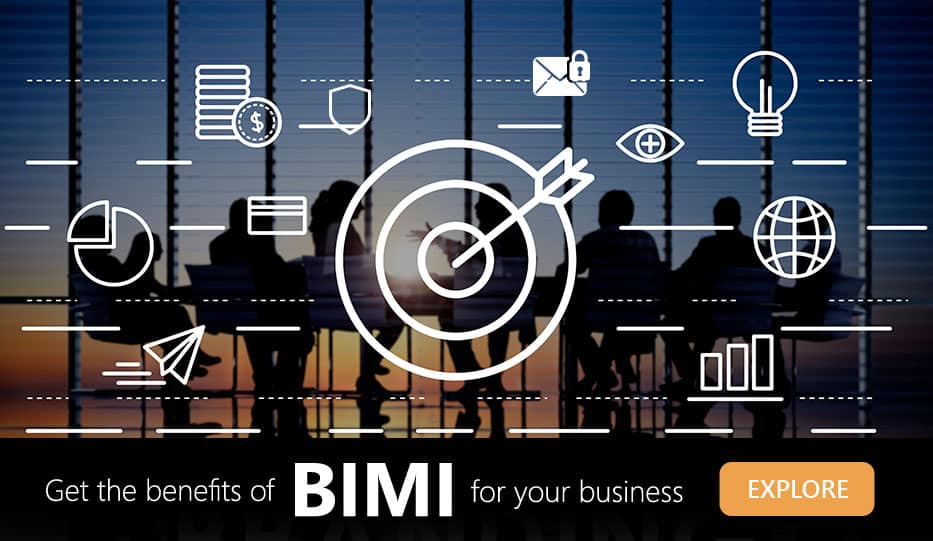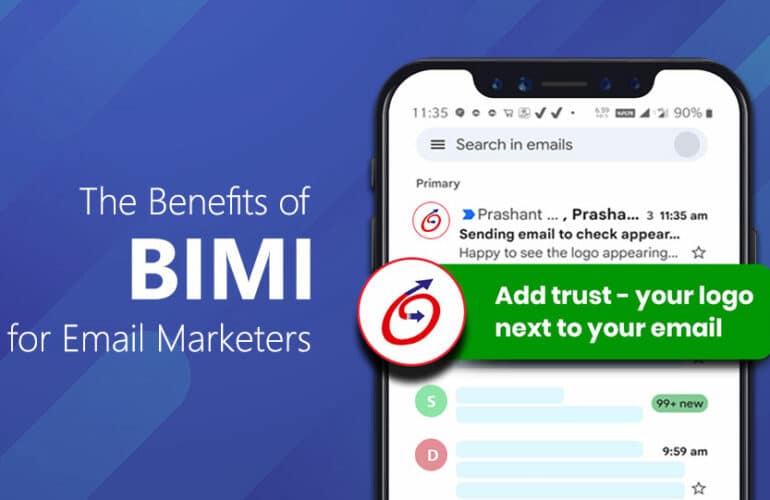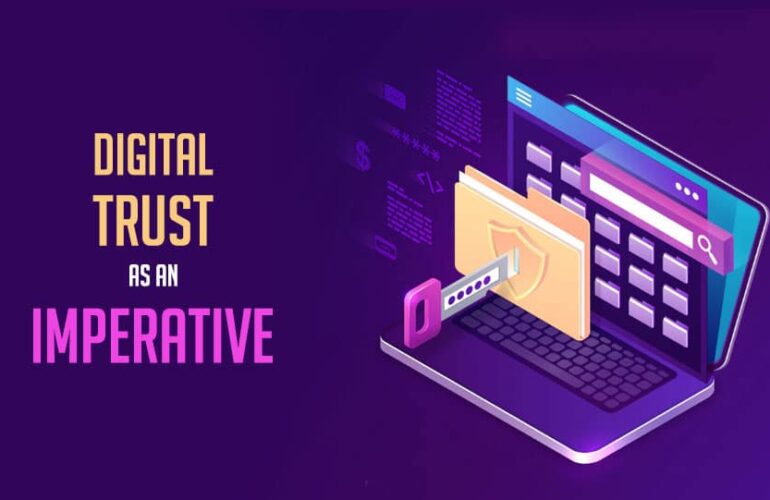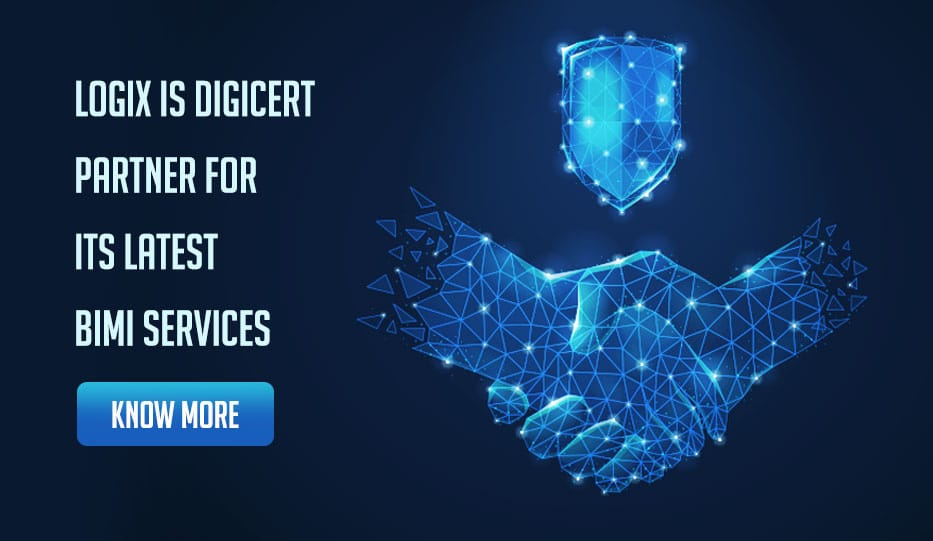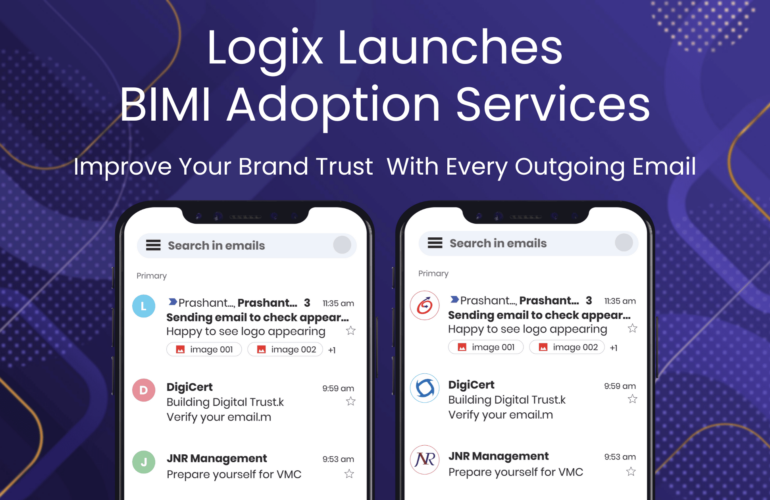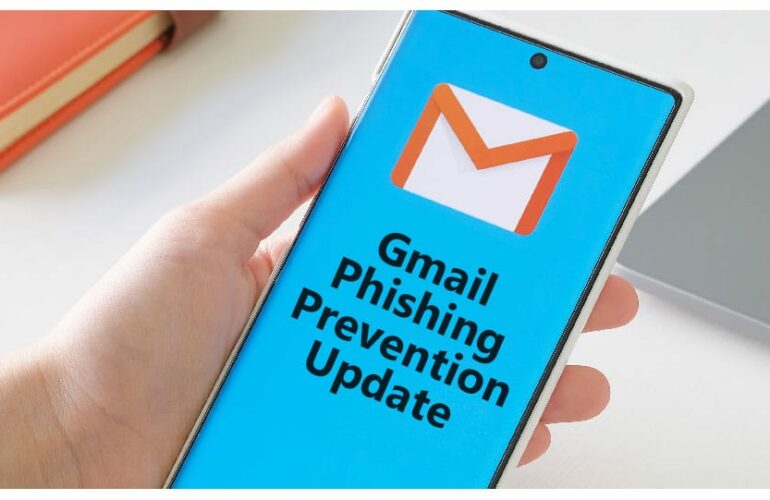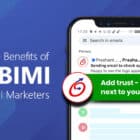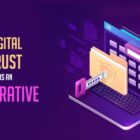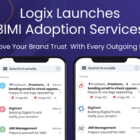The Benefits of BIMI for Email Marketers
About BIMI (Brand Indicators for Message Identification)
BIMI is an emerging email authentication protocol that allows your brand logo to start showing beside all your valid outgoing emails.
Benefits of BIMI are manifold. BIMI helps you improve your brand visibility, by continuously building your brand’s good reputation and trust with every outgoing email.
BIMI was introduced so that businesses could have an easy way to prove the authenticity of their outgoing mails. The equation is simple: when your brand logo shows up in an email, it assures users that the message is secure and truly sent by you.
BIMI works on top of DMARC, SPF, DKIM to verify sender information. Essentially BIMI is a TXT record that resides on your DNS servers. It works with a trademarked SVG logo to validate your identity. As you build more and more trust with BIMI, you also keep signaling to receiving mail servers that your sending mail servers only send valid, authentic emails. As a result, your email deliverability automatically improves.
Prerequisites for BIMI
Although the benefits of BIMI sound tangible and simple – your logo showing up in outgoing emails – there are a couple things that need to be done just right so that you can implement BIMI.
For BIMI to work, you need the following aspects to be in place:
- Get your logo registered and trademarked
- Your emails need to pass the DMARC, SPF, DKIM authentication
- Create a SVG file of your official brand logo
- Obtain a Verified Mark Certificate (VMC)
- You need editing access to your DNS servers so you can setup a new BIMI TXT entry
The complete process of BIMI adoption has elaborated on the Logix BIMI service site.
Benefits of BIMI for email marketers
It leverages the automatic security of DMARC
As we discussed before, BIMI is built on top of DMARC capabilities. Therefore, your sender email domain needs to be DMARC compliant for BIMI to start showing up. In this way, BIMI compels you to get your DMARC authentication in order, thereby vastly improving your email domain security.
Protect your subscribers and email recipients from phishing
When a phishing campaign is launched by hackers who borrow your business email domain, your reputation takes a hit. Although the damage is actually borne by the victims of the phishing attacks, your business is indirectly affected in the form of loss of trust.
But by implementing BIMI, you make it very simple for email recipients to verify the authenticity of your emails: does the logo show up or not? If it doesn’t, your prospects can safely assume that something is not right and ignore such emails.
Improve your opens and clicks
Just by virtue, BIMI makes your marketing emails stand out. Imagine a sea of mails without the official logo, and then suddenly your prospect sees your mail with official branding. It catches attention, instils instant trust, and boosts your engagement rate.
Acquire the benefits of BIMI for your brand
Logix has expertise with DMARC implementation and enjoysclose tie-ups with Digi-Cert, which provides VMCs. Both these aspects are critical for your successful BIMI implementation. Moreover, BIMI by Logix is a fully owned and managed process. With us, your BIMI is already on the fast track.
